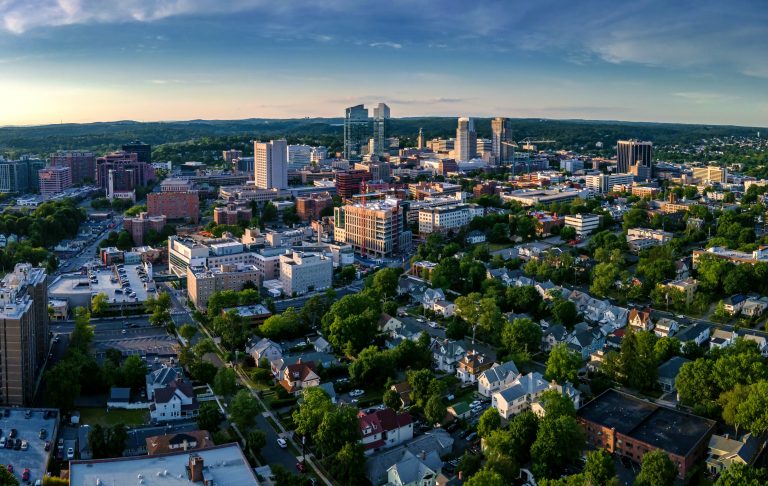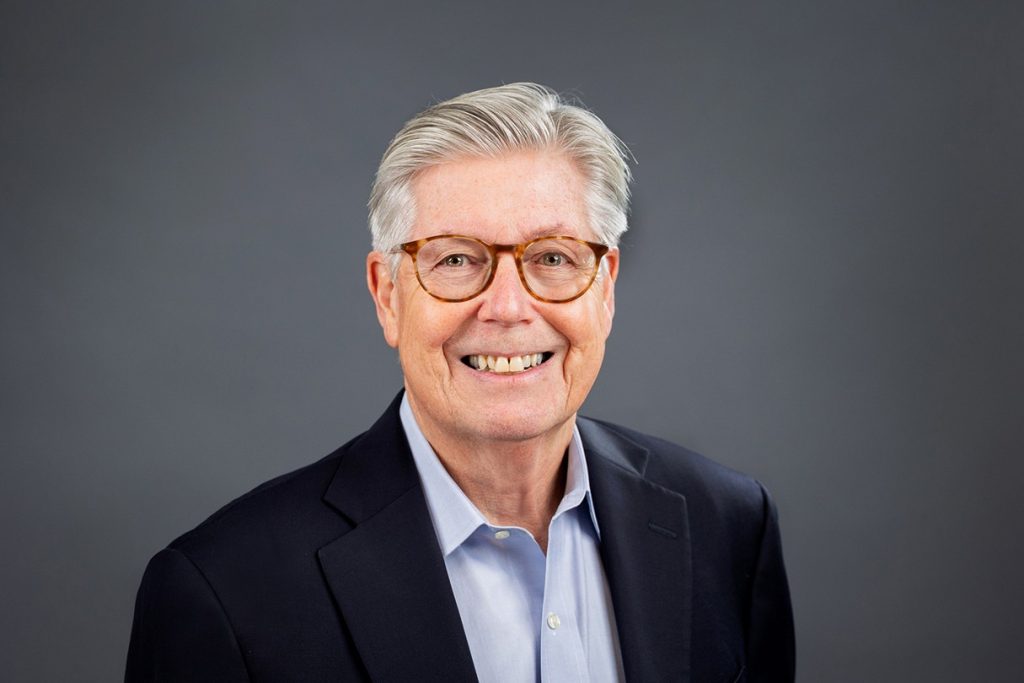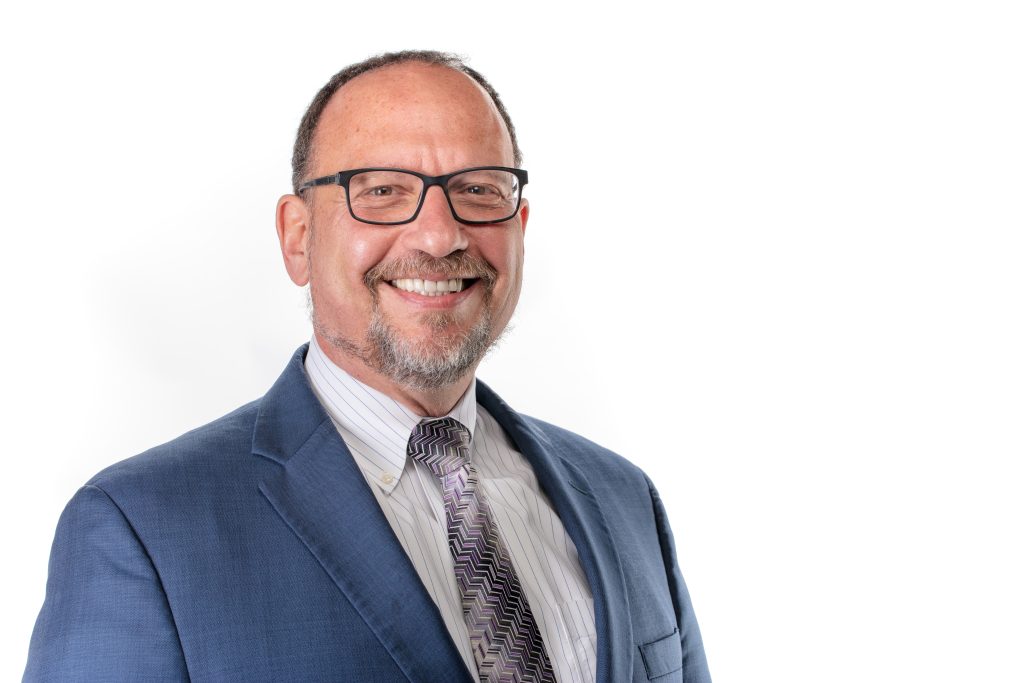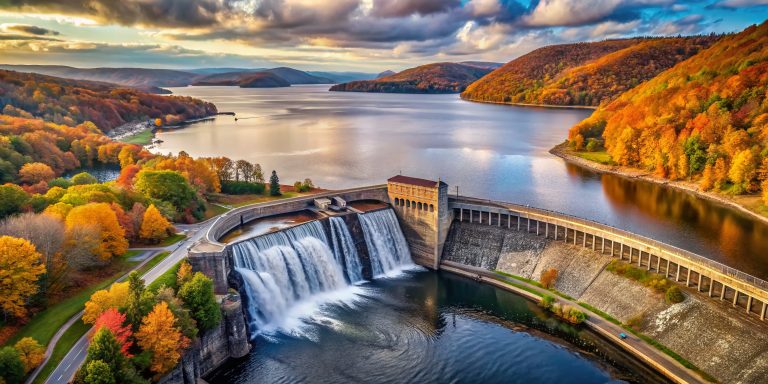By Steve Panosian

The Business Council of Westchester, New York (BCW) is dedicated to smart growth, job development, community partnerships and economic advocacy, creating an environment which leads to prosperity and economic opportunity for all. The BCW sponsors numerous networking events each year and boasts a membership representing more than 1,000 including multinational corporations, hospitals, universities, biotech pioneers, not-for-profits, entrepreneurs and companies of all sizes.
In this article, I will interview three members of the BCW who are actively involved with the recently formed Clean Energy Action Coalition (CEAC), officially announced in November of 2024 at the BCW Annual Conference. The CEAC is responsible for coordinating the expertise of local clean energy providers (solar, HVAC, geothermal, battery storage, EVs, efficiency), real estate developers, land use attorneys, professional planners, engineers and landscape architects, financiers, government agencies and authorities, heating fuel providers, and nonprofits… and general contractors.
The CEAC’s mission is to accelerate clean energy adoption through standardized and streamlined municipal approval processes.
CEAC’s role is to develop and promote solutions that reduce carbon emissions and enhance energy affordability and reliability in each energy segment:
- Electricity (to power everything)
- Building Thermal (heating, cooling and hot water)
- Transportation (vehicles)


Michael Murphy

Dan Singer

Ron Kamen
The interviewees:
Michael Murphy, Murphy Brothers Contracting; and Dan Singer, President of Robison; Ron Kamen, EarthKind Energy Consulting
Steve: Good morning, please tell us little about yourself.
Ron: I have been doing clean energy policy, projects, and programs for about four decades. EarthKind Energy is celebrating our 25th anniversary of doing everything from efficiency through solar and storage, air and ground source geothermal heat-pumps, and electric vehicle charging stations. Most recently, we were proud to be selected to lead the BCW’s Clean Energy Action Coalition.
Michael: Murphy Builders Contracting has been in business for 45 years and we are involved with residential and commercial building project development specializing among other things, energy efficient high-performance construction in the Westchester area, Lower Hudson Valley, Greenwich, Connecticut and surrounding Fairfield County.
Dan: Robison is a family business that has been around for a 104 years, and today we bring a variety of clean energy solutions to our customers. The company was founded by my great grandfather and has been perpetually changing. Our heritage is driven by keeping a pulse on consumer preferences, technology and geopolitical situations.

Steve: What local challenges did the BCW face that led to forming the CEAC?
Michael: We see three different disruptors in our industry if we want to be in business 10 years from now. First is AI, second is automated construction, and the third is climate change. This is the big one, whether we like it or not, there is a train that is heading towards us, and it is the state legislation that will affect what needs to be done. As members of the Business Council of Westchester, we were faced with having to take a hands-on approach and find a way to advance the initiatives to comply with the state’s direction. We continue to encourage and promote smart development, redevelopment, repurposing buildings, renovation and the like which is vital to the continued economic growth in our region. This was the call for action.
Dan: I would echo a lot of what Michael said about what this initiative is all about. The business community of Westchester, which is a relatively affluent suburb just north of New York City, can respond quickly to needs amongst the population. There is the financial capacity to build buildings to a more energy efficient spec, with a market to occupy that space. This is true for both residential and commercial spaces. So it makes sense for Westchester to be on the cutting edge of this. However, it is not going to get done unless there is a true meshing of all the various business interests. To move forward and succeed, we realized that everybody needs to be working together, rather than within individual silos. The other reality, especially doing business in New York state, where there is significant public policy pressure towards trying to lead the way, is unique opportunities to provide clean energy and clean heat. Consumers and business owners have a choice, and there is both a carrot and a stick coming. We are trying to form a coalition of people that will help people find the carrots by aligning our various business communities and becoming the leading edge of embracing clean energy development.
Ron: The Business Council had been looking at the changing energy landscape for years and identified a number of issues with New York State’s climate law, the Climate Leadership and Community Protection Act (CLCPA, 2019). BCW specifically was concerned that it was going to be extremely difficult to meet the goals on the timeline the state had created and asked for an assessment of the costs involved in the transition.
New York City has Local Law 97, which now imposes dramatic penalties for emitting excess greenhouse gases. Because the technology is changing, the climate is changing, and there will soon be penalties that will impact various businesses, we wanted to get in front of the changes and be leaders who identify a clear path that made sense.
When you take a look at clean energy, we recognize that solar with battery storage can provide the 24/7 electricity that we need. In addition, there are more efficient ways of heating and cooling. By using solar and battery storage and moving to air source and ground source geothermal heat pumps, we can improve energy efficiency, reduce emissions, and create long-term price stability.
Simultaneously, we can also drop in biofuels and reduce costs and emissions for the 100,000 customers who heat with oil in the county – without costly improvements to infrastructure.
No matter how much energy we produce locally, though, we will still need additional transmission to bring in the external electricity we require due to the loss of 2,000 megawatts of Indian Point (the nuclear electricity plant that ceased operations on April 30, 2021). Today, we are up to a little over 240 megawatts of solar, but we need a tenfold increase to just meet the same peak capacity, and even more solar – with battery storage – to provide electricity all day and night. This will require pulling together achievable solutions and unifying the communities for support.

Steve: Why Westchester?
Michael: We all work here and what is interesting about Westchester, there is about 45 different municipalities within that county, whether they be villages or towns or cities within the county, each of those municipalities are responsible for their adopting their own clean energy initiative in meeting the greenhouse gas reduction law. Part of our role is helping the elected officials, and given they have so much on their plates, we are developing a roadmap making it easier to adopt what make sense – to promote.
Dan: A better question is, why not Westchester? Westchester is on the border of New York City, which we know always is very progressive in its policy approach towards climate change. It is common for things from the city to then spread to the rest of the state and we are the gateway, from both a geographic and political perspective. And, as Michael said, there are 45 separate municipalities which can serve as the perfect proving ground of how to have a coordinated policy rolling out amongst a multitude of different interests and political climates. So it makes sense for this to happen in Westchester. The other reason, at least for us personally, we each do business with a variety of diverse types of counterparts, and we have been hearing all diverse kinds of complaints and comments about how confusing the landscape is. We hear a variety of stake holders tell each of us how disparate the approaches are. Whether it is coming from the utility or from federal and state governments, there seems to be all different programs and initiatives coming together, and everybody was trying to figure it out independently. There was not any ability to coordinate all of the efforts. So the other reason it works here, we happen to have a very strong, very well led, very high participation level in our local business council of people that all share these concerns. So bringing them together under the umbrella of the Business Council on the precipice of these changes moving from New York City towards the rest of the State, made perfect sense for us to start doing this kind of work.
Ron: To build on that – there are 43 different jurisdictions that have authority to approve or disapprove projects in Westchester. This means that every time you go to do a project you have a different municipality, different planning board, and different procedures. The solution that we are striving to achieve is a unified approval process. We want to streamline that process instead of having to go through hundreds of thousands of dollars and years of permitting and approvals to be able to build solar panels on your roof or on your property, or a battery storage facility (which is now getting moratoriums against them).
In certain areas like New Rochelle, there are “form-based” codes where you can get a building permit in 90 days if you meet their criteria. This speed is unheard of throughout the county and state and most parts of the country.
We want to facilitate that type of adoption and get ahead of it. Instead of penalties to people because they are not acting fast enough in a way that makes sense, there is some rational ways of looking at retrofits and in systematically moving forward that does not penalize people who are striving as best they can to lower emissions and reduce costs. And keep things affordable for everybody. This streamlining approach, we believe, can become one of the biggest incentives.

Steve: Do you anticipate changes at the Fed level that may impact your initiatives?
Ron: There are currently federal incentives and what happens with this administration is going to be a very interesting question. What gets cut, and what does not. Whatever happens, we will adapt. A lot of Federal incentives have driven this work, but there are also state tax incentives as well as state and utility incentives for electrification. And then, we believe, the local incentives of being able to streamline and expedite approvals of projects so that there is clarity and speed, can be one of the biggest incentives.
We need to create a plan with these municipalities, where they can say yes, we want solar, so come to us with a reasonable plan and we will put it on roofs, parking lots, over certain landfills, or wherever else makes sense. But here is our plan. Build it where we want it, and we will expedite that approval. Solar, battery storage, advanced heating technologies, drop in biofuels and better transmission, are the key aspects to create a more resilient, affordable and sustainable local economy.
Dan: The anticipated changes at the federal level may be creating new questions about policy, incentives, and perhaps standards. However, it is not changing the realities of the public’s concern over climate change. At least not locally. This market is worried about the well-being of the planet’s future for themselves and their children. So it is all the more reason you need an active business council with research and discussion about how to navigate an ever-changing landscape. We all expect that there is going to be conflict in policy between what New York State is trying to accomplish and what the new policy of the Federal Government is likely to be. That is all the more reason the business community needs our help. That is why it is more important than ever that we are doing the work we are doing to coordinate and help guide people through it.
Steve: In closing, given 2025 is the inaugural year for the CEAC, anything particular you would like to share?
Dan: My customers are looking for ways to live and reduce their impact on the environment. At CEAC, we are all working together to serve our of customers. We are apolitical and neutral on this issue. We are responding to consumer preference, which is who guides our actions, and it is my goal to help them do it.
Michael: I look to the day we can say, we do not need to have this coalition anymore. The idea is to accomplish a level of understanding and coordination, so we do not have to do this anymore.
Ron: We have made incredible technological advances in every aspect of our civilization. Our smart phones now have more computer power than existed on the entire planet when we landed on the moon. Energy technologies are following a similar path – increased power, reduced costs, and greater individual control and energy independence, plus resiliency and sustainability. How can we say no?

Steve Panosian is a Senior Editor for Technology Designer Magazine. He is an independent consumer electronics industry consultant specializing in the CE Home Theater and Custom Installation (CI) market with over 40 years of experience in retail sales and various manufacturing roles.








